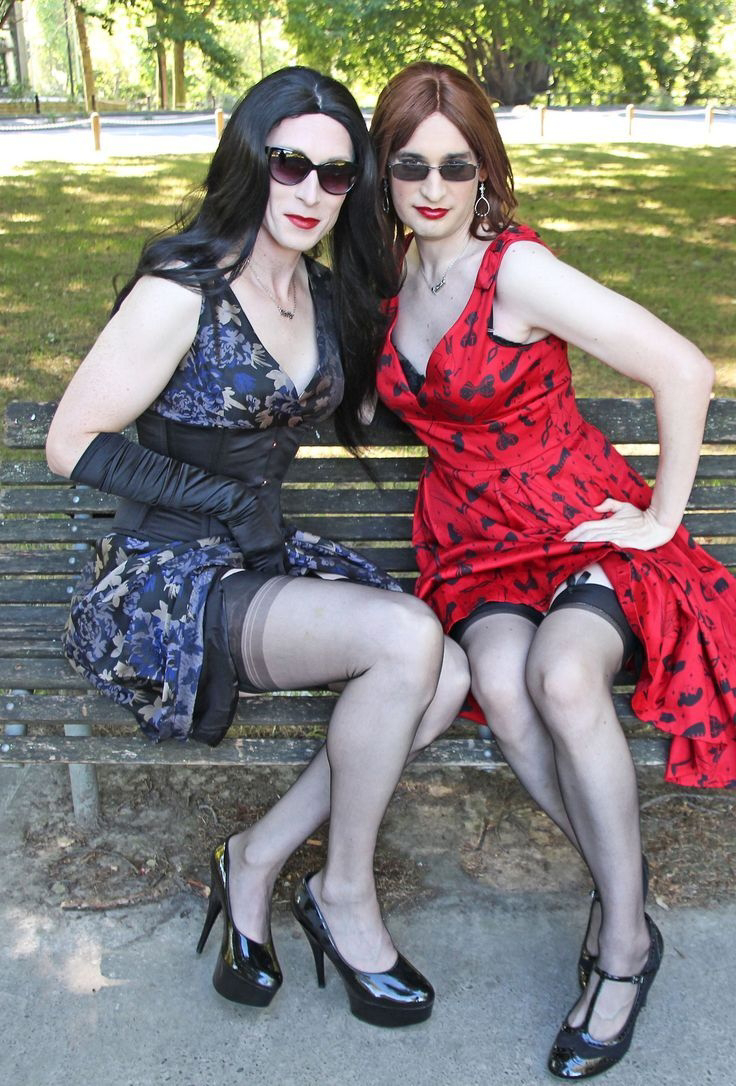Even the origins of the god are placed in this contradiction, since his birth mixes life and death. Which is probably why the dead have such an important place in both his cult and myth. Horace tells of how Dionysos went into the Underworld to fetch back his mother. In Aristophane’s parody The Frogs (405 BCE), he goes in the realm of Hades to bring back Euripides. The third day of the Anthesteria, is dedicated to the dead, who are supposed to come back to haunt the living. The affinities of Dionysos with dead will even allow Heraclite to identify Dionysos to Hades, saying they both were the “Plouton”, the “giver of riches”. The various versions of Dionysos’ romance with Ariadne also prove this oscillation between life and death: sometimes Dionysos is the one that consoles and comforts Ariadne after Theseus abandonment, other times (such as in Homer’s Odyssey) he is rather a jealous lover who sends death to Ariadne through Artemis. The many contradictions of the Dionysism, and especially its unstoppable cruelty, made it very difficult to locate it within a political system, and it explains as such its subversive role in Greek society.
Friday, 26 January 2024
lThe ambiguity of the Dionysian intoxication, bringing joy and fury, life and death, is reflected in the animals that follow the god. On one side, animals of fecundity, such as the goat, the donkey, the bull. On the other side, ferocious and murderous beasts, such as the lion, the lynx or the panther. This contradiction is a symbol of what Nietzsche calls the “deadly-silent clatter”, the Dithyrambes of Dionysos. This god, nicknamed Bromios (the roaring one) is followed by a parade of loud music made by tambourines, flutes and cymbals, loud music that makes the Maenads dance to the point of convulsions. But, the god can also suddenly impose a strong silence, where even the Maenads stay immobile and frozen, as if petrified.
-
This summary is not available. Please click here to view the post.



